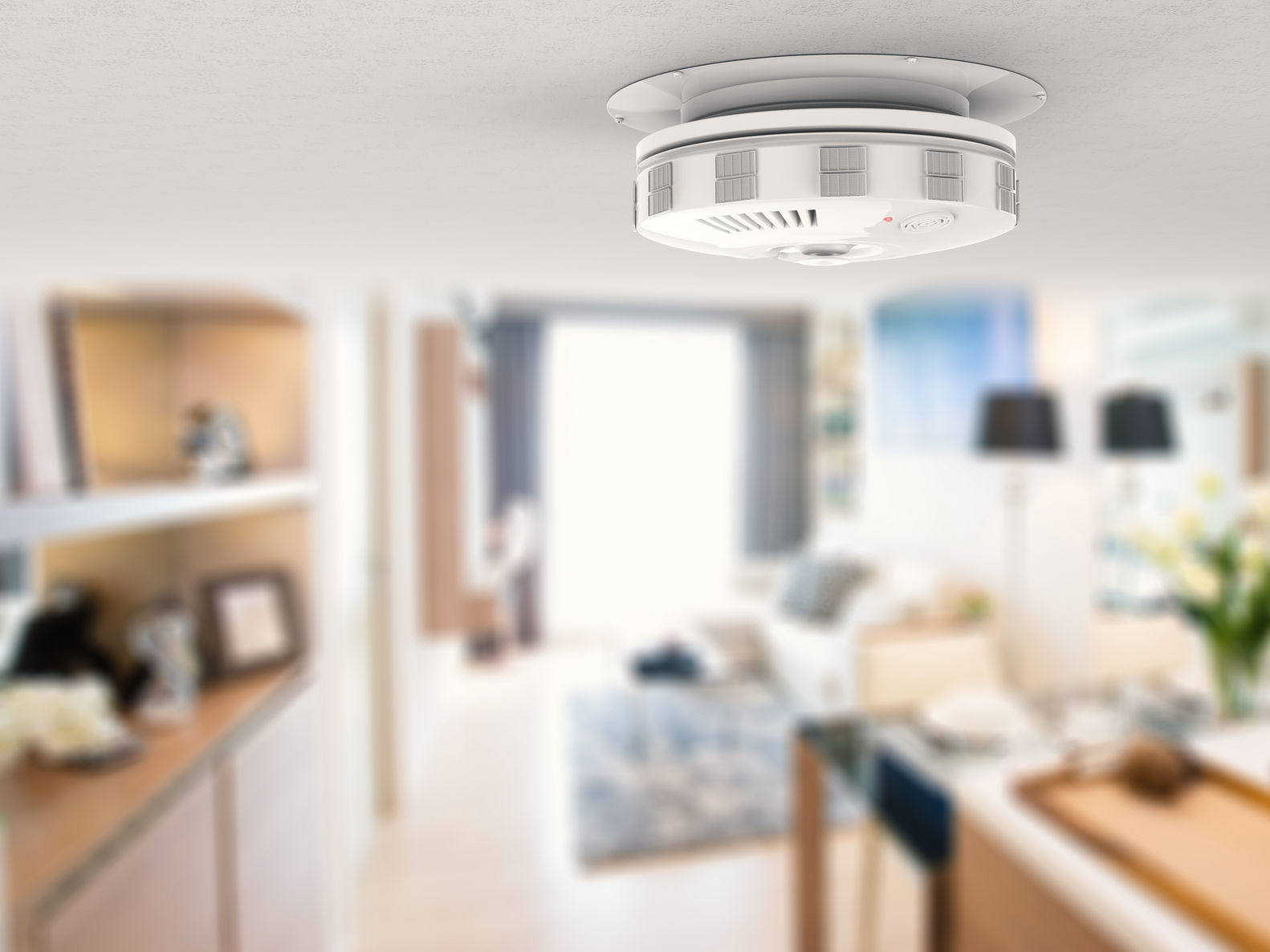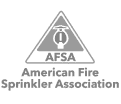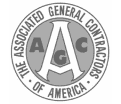Do You Need a Booster Pump for Your Fire Sprinkler?
According to NFPA 13D, there are five acceptable sources of water you can use for your fire sprinkler system:
- A reliable waterworks system that provides suitable pressure and volume to your home or building, not just the street
- An elevated water tank
- A pressure tank with a reliable pressure source
- A stored water supply with an automatically operated pump
- A well with a pump of sufficient capacity and pressure
Needless to say, sufficient water pressure and volume are crucial for a reliable fire sprinkler system. That said, if you’re unable to get the right amounts of pressure or volume from your water source, or if the cost to upgrade to a larger water meter is too high, you may benefit greatly from a fire sprinkler booster pump! According to NFPA 13D, booster pumps (consisting of pump, tank, and controls) are the preferred solution for a number of water supply issues you may encounter when trying to install a fire sprinkler.
Who needs a fire sprinkler booster pump?
Fire pumps were first introduced in the early 1900s during a period of explosive growth in high-rise buildings. These days, booster pumps are used for more than just high-rise buildings. Other buildings that could benefit from booster pumps include large industrial complexes, hospitals, warehouses, and other large facilities.
Other Fire Sprinkler Installation Components
Jockey pump – the jockey pump is designed to maintain water pressure throughout the fire sprinkler system and helps prevent the main pump from starting and stopping unnecessarily. While this pump can produce very high pressure, it does almost nothing in the way of volume and is thus used primarily to maintain pressure when there is a small leak or another change in the system that causes minor water loss. Because they do produce such a low volume, however, they are unable to maintain pressure when even a single sprinkler head is opened.
Hoses – hose connections serve two purposes:
- A Siamese connection is used for augmenting the water supply and is installed upstream of the pump intake.
- The test header, downstream of the pump discharge, is used to test the performance of the fire pump by measuring the flow and pressure.
In typical fire sprinkler systems, there is one 2 1⁄2-inch discharge for every 250 gallons of the pump’s capacity (a 1,000-gallon pump would have four hose connections, for instance). Many installations these days are equipped with a flow meter that gives a direct reading of the pump’s output flow and, as a result, may not have a test header.
Intake and discharge points – the pump intake and discharge points have specific design specifications. To reduce the chances of air getting into the pump, which could cause the pump to lose prime and cause serious damage, the pipe on the intake side is usually flat or level across the top and conical on the discharge side.
Control devices – there are two main control devices on the controller panel. The controller is usually set to automatic mode, but can be changed to manual if necessary to enable the driver to test the system manually or start the pump if it does not start in the automatic mode. There is also an emergency feature that makes it possible to start the pump driver in emergency situations, such as when the pump fails to start automatically during a fire.
If you need a booster pump for your fire sprinkler system, call Kauffman Co. today!
















